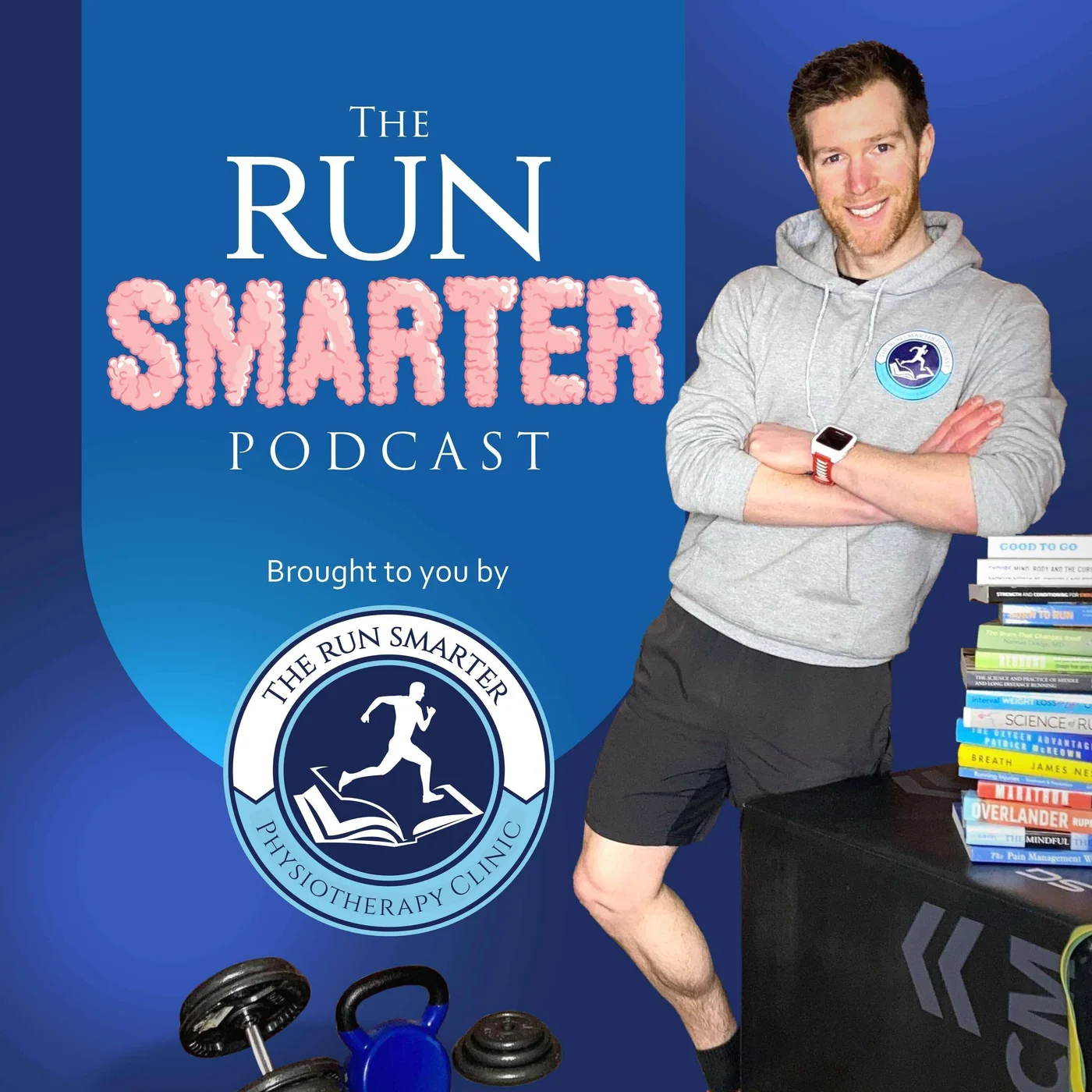
The Run Smarter Podcast

Latest Injury Prevention Research: Asymmetry, Strength, Flexibility, & Shoes
Learn more about Brodie's Research Database & AI Assistant 📄🔍
In this episode, Brodie dives into three new studies aimed at helping runners prevent injury and understand how tech and biomechanics affect performance. Whether you're a recreational runner or an aspiring marathoner, these findings offer practical, science-backed takeaways.
Featured Studies & Key Insights
Asymmetry & Bone Stress Injuries
Study Title: Can biomechanical variables and asymmetry predict bone stress injuries in collegiate distance runners?
- ✅ Key Finding: Even small left-to-right asymmetries may increase injury risk — particularly for female runners.
- 🧍♂️ Implication: Asymmetry under 10% was still meaningful in injury prediction. Don’t ignore minor imbalances in cadence, step length, or ground reaction force.
- 🧠 Tip: Wearables that track contact time or vertical oscillation may help identify early imbalances before pain begins.
Strength & Flexibility Self-Assessments for Marathoners
Study Title: Strength and Flexibility Self-Assessment and Subsequent Training Injuries Among Recreational Runners of the NYC Marathon
- ✅ Key Finding: The single-leg glute bridge was the only test significantly associated with injury risk.
- ❌ Flexibility tests (sit & reach, quad stretch) and other strength tests (planks, heel raises, push-ups) had no predictive value.
- 🏠 DIY Test: If you can’t hold a single-leg glute bridge for >20 seconds on your weaker side, your injury risk may be higher.
Super Shoes & Injury Risk
Study Title: Technology Advanced Running Shoes Reduce Biomechanical Factors of Running-Related Injury Risk
- 👟 Super shoes (like Nike Alphafly) encouraged mid/forefoot striking without increasing joint or muscle strain.
- ✅ They reduced load on key areas like the ankle joint, soleus, and peroneus longus.
- ❗️Minimalist shoes, on the other hand, tripled ankle joint forces and heavily loaded the calf and foot — a risk for Achilles and metatarsal injuries.
- ⚠️ Caution: Transition slowly into super shoes or minimalist footwear. Your body needs time to adapt to new mechanics.
Practical Takeaways for Runners
- Monitor asymmetries using wearables or self-awareness — don’t wait for pain.
- Use the glute bridge hold as a simple strength test at home. Aim for >20 seconds on both sides.
- Super shoes aren’t just for speed — they may actually help with injury prevention, especially for habitual forefoot strikers.
- Avoid going cold turkey into minimalist shoes unless you're conditioned for it.
📚 Want to Go Deeper?
🔍 All referenced studies are stored in the Run Smarter Research Database — accessible for just $8.99/month.
💬 Plus, get access to the Run Smarter AI Assistant, which answers your running questions based on podcast episodes, papers, and course content.
👉 Click here to explore membership options
For MORE Run Smarter Resources 🏃♂️📚
- Including Free Injury Prevention Courses 🩹🎓
- The Run Smarter Book 📖
- Access to Research Papers 📄🔍
- & Ways to Work with Brodie 🤝👟
👉 CLICK HERE! 🎉✨